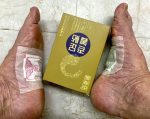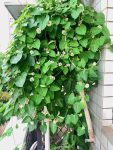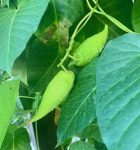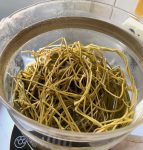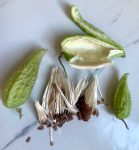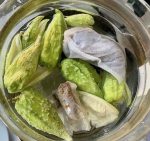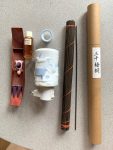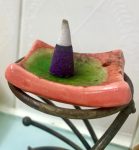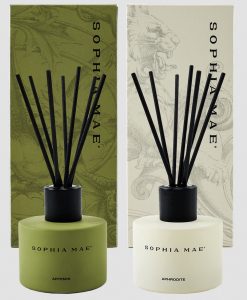No action
Facebook is a heaven for scammers and when one lodges a complaint, Facebook will ignore it. I have met several fake profiles on Facebook of people who finally turn out to be scammers. Some are very clever and build their profile with a lot of details and for a longer period. Many steal pictures from the Internet, such as Instagram, to look genuine.
Facebook is known for ignoring reports from readers and stating “We have reviewed your reports. This does not go against our community standards.”
Searching the Internet it is obvious this is the common response from Facebook.
I found myself 3 fake profiles and none was removed by Facebook. Making a report also does not give you the right space to explain what is fake and why.
I was wondering if I should simply leave Facebook; I did not (yet) as some of my (real) friends post there and there are some interesting groups. So, one can only be very careful when accepting new “friends”.
The latest fake profile
His name (of course can be a female impostor too): “Mikel Woods”.
Profile: https://www.facebook.com/profile.php?id=61554171643080
He was trying to be interested in what I was doing, with small talk. Then recently I got very suspicious when he was asking for my mobile number to help him by voting for him on some platform. I suggested he send an email. No, it must be a mobile.
So I Googled it.
Why would someone want to send a code to your phone? After requesting your cell phone number, the scammer sends a verification code by text message and asks that you send them the code to prove your identity. Once the code is provided, the scammer goes on to create a Google Voice number linked to your cell phone number, often to be used for additional scams.
So, that seemed pretty clear.
I did then an image search of the “guy” with his dog. It turned out the real one is Dr Garth Daviss.
I submitted my report and got the usual Facebook answer.
The only think I could do was to block him/her.
You are warned. Facebook is a heaven for scammers
Just this week “Mark Zuckerberg accused of having ‘blood on his hands’ in fiery Senate hearing on internet child safety”. Add to that, aiding scammers.









